-
WhatsApp : +8613570084662
-
Email : lily.zheng@pinger.cn
Language :

English
WhatsApp : +8613570084662
Email : lily.zheng@pinger.cn
Language :

English
Vinyl wall sheet is a popular choice for wall coverings due to their durability, easy maintenance, and wide range of designs.
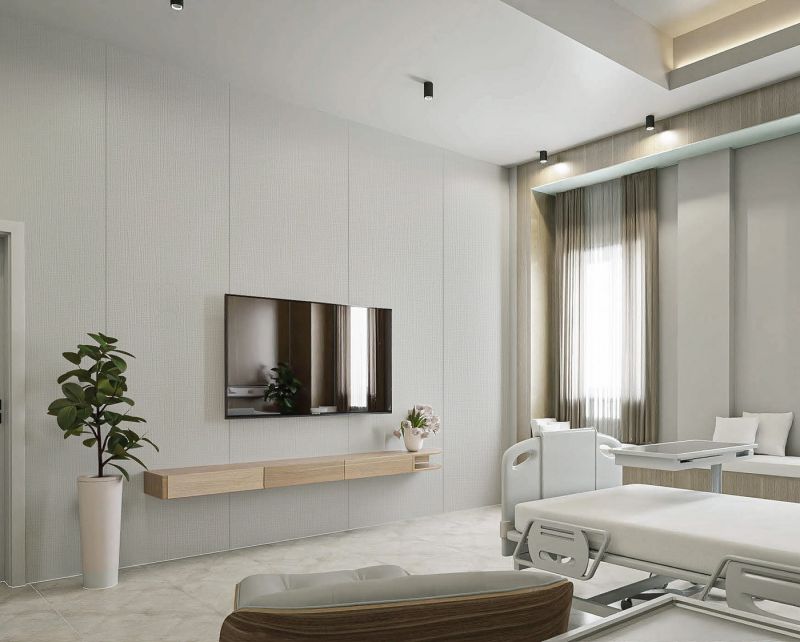
Types of Walls Vinyl Sheets Can Be Pasted On:
1. Smooth Drywall (Gypsum Board):
Vinyl sheets adhere well to smooth drywall. Ensure the wall is clean, dry, and free of dust or grease. It's also important that the wall is painted or primed for the best adhesion.
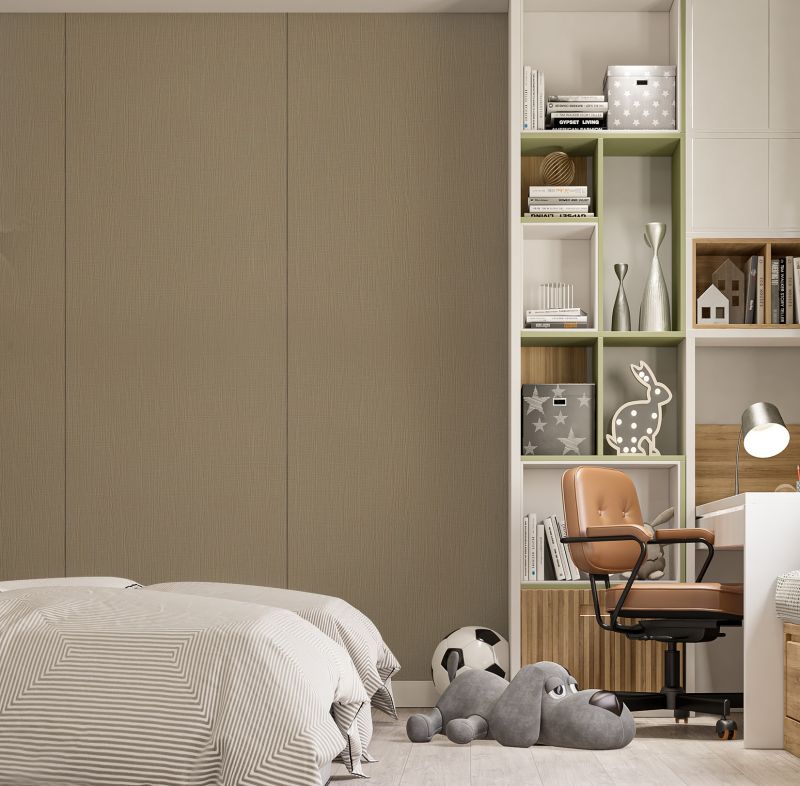
2. Plastered Walls:
Plastered walls can also hold vinyl sheets well if they are smooth and dry. Any cracks or imperfections should be filled and sanded smooth before application.
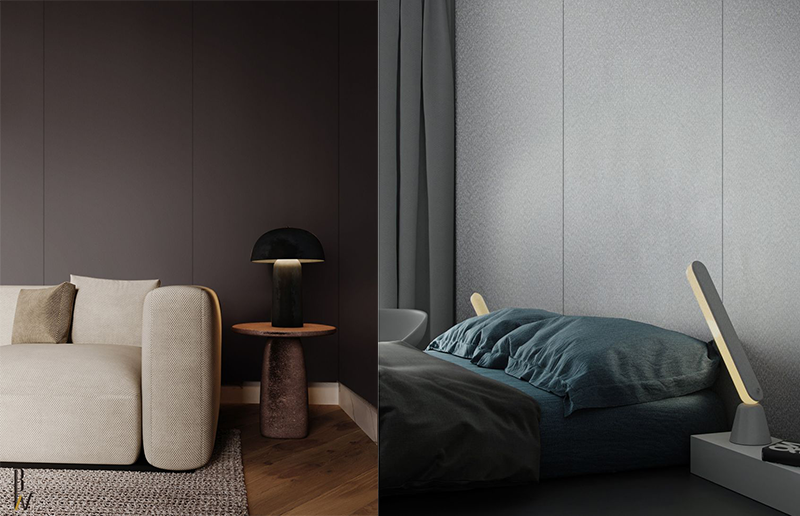
3. Wood Panels:
Vinyl sheets can be applied to wood panels, provided the surface is smooth and clean. Sealing or priming the wood is recommended to ensure proper adhesion.
4. Tiles:
While it's possible to apply vinyl sheets over tiles, it can be tricky due to the grout lines. The surface should be as smooth as possible, and using a thicker vinyl sheet might help to hide the grout lines.

5. Metal Surfaces:
Vinyl sheets can adhere to metal walls if the metal is properly prepared—clean, dry, and possibly primed.
6. Glass or Mirror Surfaces:
Glass or mirrors are suitable surfaces for vinyl application, but they must be completely clean, dry, and free from any residue.
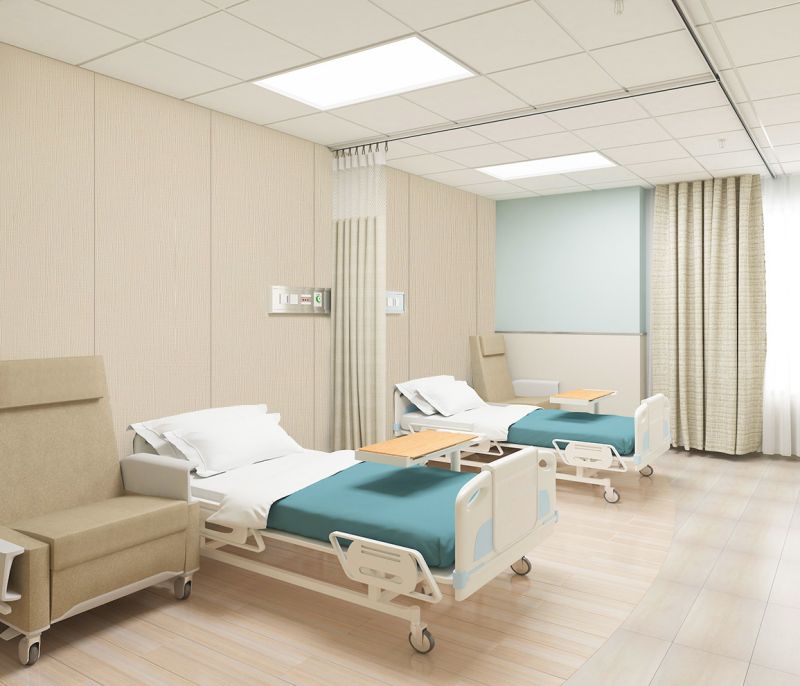
Surfaces to Avoid:
1. Textured or Rough Walls:
Vinyl sheets may not adhere well to heavily textured or rough surfaces. The texture can cause the vinyl to bubble or peel.
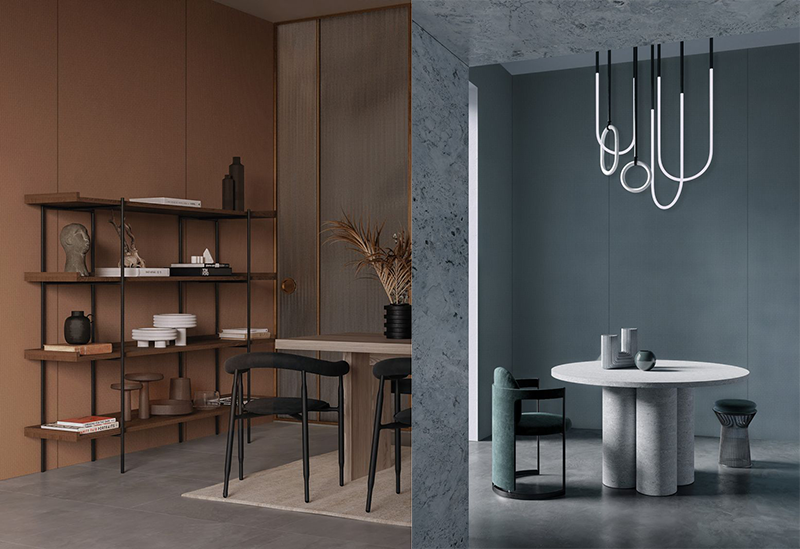
2. Walls with Moisture Issues:
In areas prone to dampness, such as bathrooms without proper ventilation, vinyl sheets might not adhere well and could start peeling over time.
